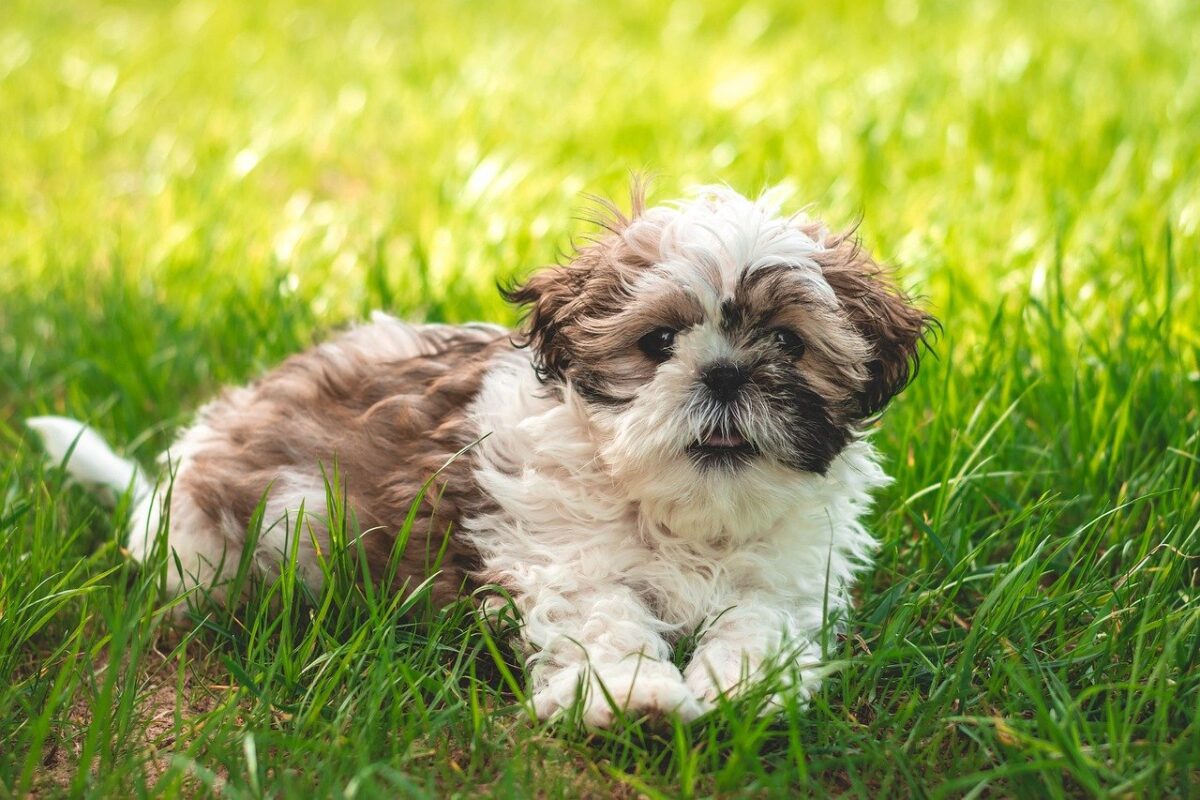
The information is current and up-to-date in accordance with the latest veterinarian research.
Learn more »
Four-legged animals and birds have an advantage over humans. Many can outrun us, even if it’s just for short jaunts. Because of these fast speeds, predators can best their prey—sometimes. Dogs share a common ancestor with the wolf, and although the species diverged roughly 27,000 years ago, our working canine companions still rely on speed and stealth for hunting. Depending on their breeding the hunting insticts shown by dogs is variable, but the German Shepherd is one breed that demonstrates such traits.
The American Kennel Club (AKC) has created an event called the Fast CAT (Coursing Ability Test) that lets dog owners test their pups in a timed 100-yard dash. This sport gives us the answer to the question of how fast a German Shepherd can run. The AKC keeps lifetime stats on dogs running the event at least three times. The fastest German Shepherd Dog was a pooch named Apex Duska Vom Trinitat, averaging 32.16 mph in these runs. However, that’s not the average. So, let’s keep reading to find out more about this breed’s speed and how their history plays a role.
The History of the German Shepherd Dog
Canids are quick animals out of necessity. Early humans exploited these abilities during domestication, making dogs their hunting companions, guardians, and sled runners. Later, people selectively bred them for specific functions. That’s where being fast could become a desirable trait. The German Shepherd Dog’s history begins in the late 1800s in Germany.
Captain Max von Stephanitz admired this dog’s appearance, intelligence, and endurance—the ideal traits for a herding dog. Their intelligence also stood out. The breed’s job soon shifted from the farm to the battlefield during the two World Wars.
The German Shepherd Dog served many roles, including messengers, sentinels, guard dogs, and pest control. The breed found a devoted following in the United States during peacetime. Law enforcement and the military still use these canines for these jobs. They have proved themselves to be hard-working, loyal, and confident. They are also still fast canids and can give any human a run for their money.
The dog’s speed is impressive, but they aren’t the quickest of purebreds. That honor belongs to the Greyhound—an animal selectively bred for speed (although Whippets are giving them a run for their money taking into account Fast Cat results). However, the Greyhound shares some of the same physical traits we see in the German Shepherd Dog; namely, a large chest and long legs. That gives them the lung capacity and long stride to cover the ground quickly. Let’s see how that stacks up to other animals.
Image Credit: Osetrik, Shutterstock
The German Shepherd Dog’s Speed Compared to Other Animals
Animal Type
Average Running Speed
Fastest Running Speed
German Shepherd Dog
20–30 mph
32 mph
Human
19–20 mph
27 mph
Cheetah
40–60 mph
70 mph
Elephant
20–25 mph
25 mph
Domestic cat
25–30 mph
30 mph
Squirrel (all species)
10–12 mph
20 mph
Factors Affecting a Dog’s Speed
Several factors can affect how fast a dog can run beyond the animal’s physical anatomy. We must first consider the dog’s health and body condition. Illnesses or injuries can slow them. A fast canid is fit and at a healthy weight. The German Shepherd Dog is likely at their prime soon after sexual maturity, around 2–3 years.
It’s worth noting that German Shepherd Dogs are a popular choice for police work. The National Police Dog Foundation starts training their K-9 officers between 12 and 15 months. The breed has an expected lifespan between 12 and 14 years. The organization keeps their dogs on the job until they are roughly 10 years old, depending on their health.
Image Credit: Happy monkey, Shutterstock
Final Thoughts
While the German Shepherd Dog isn’t the fastest canine, they can manage their jobs well, running between 30 and 32 mph in quick sprints. That speed is enough for this pup to make a delightful pet or devoted K-9 officer. Of course, training is part of the plan. They need to work out to maintain these speeds, just like you have to train in order to do so as well.
Featured Image Credit: Julian Popov, Shutterstock






